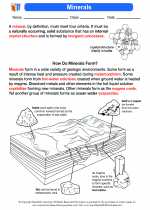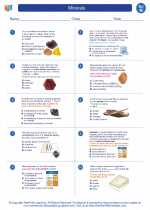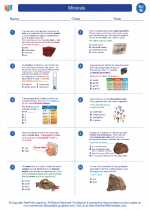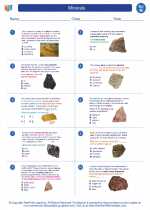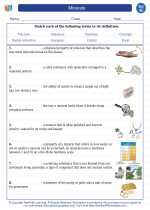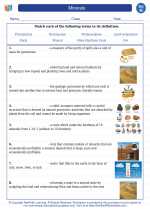Legumes: An Overview
Legumes are a type of plant that belong to the family Fabaceae, also known as the pea family. They are characterized by their fruit, which is a pod that splits open along two seams. Legumes are an important source of food and nutrition for humans and animals, and they play a crucial role in sustainable agriculture due to their ability to fix nitrogen in the soil.
Characteristics of Legumes
Legumes have several unique characteristics:
- Nitrogen Fixation: Legumes have a symbiotic relationship with nitrogen-fixing bacteria in their root nodules, allowing them to convert atmospheric nitrogen into a form that can be used by plants.
- High Protein Content: Legumes are a rich source of plant-based proteins, making them an important part of vegetarian and vegan diets.
- Diversity: There are thousands of species of legumes, including common beans, lentils, chickpeas, and peanuts.
- Nutritional Value: Legumes are rich in fiber, vitamins, and minerals, and are low in fat, making them a healthy dietary choice.
Importance of Legumes
Legumes play a crucial role in agriculture, nutrition, and the environment:
- Nutritional Benefits: Legumes provide essential nutrients such as protein, fiber, and complex carbohydrates, making them a valuable component of a healthy diet.
- Sustainable Agriculture: Legumes improve soil fertility through nitrogen fixation, reducing the need for synthetic fertilizers and promoting sustainable farming practices.
- Food Security: Legumes are a staple food in many cultures and provide a reliable source of nutrition, especially in regions where meat consumption is limited.
- Environmental Benefits: The cultivation of legumes helps to reduce greenhouse gas emissions and promotes biodiversity in agricultural ecosystems.
Study Guide: Legumes
To further your understanding of legumes, consider the following study guide:
- Research the diversity of legume species and their respective uses in different cuisines around the world.
- Investigate the process of nitrogen fixation in legumes and its significance in sustainable agriculture.
- Explore the nutritional benefits of incorporating legumes into a balanced diet, including their protein, fiber, and micronutrient content.
- Examine the environmental impact of legume cultivation and its role in promoting soil health and biodiversity.
By exploring these aspects of legumes, you can gain a comprehensive understanding of their importance in agriculture, nutrition, and environmental sustainability.
.

